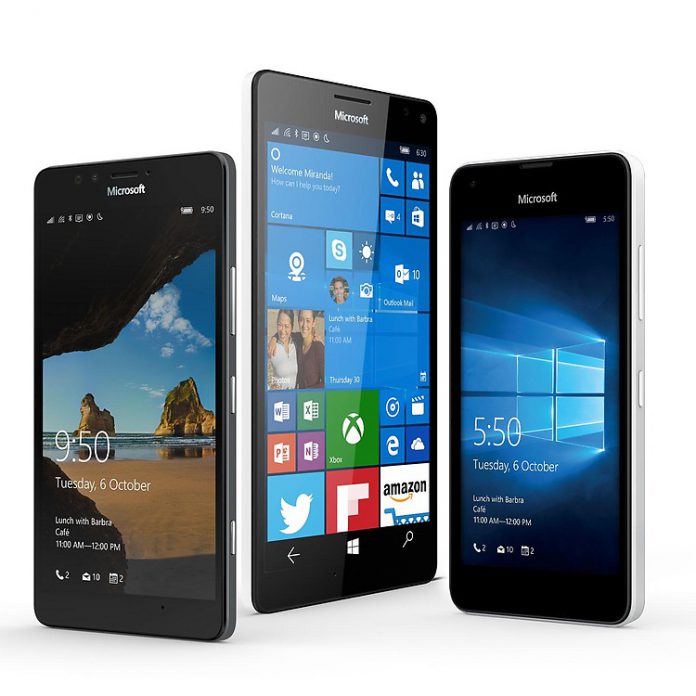In its official announcement, Oberthur Technologies says the GSMA Consumer Phase 2 eSIM (embedded SIM) will help change connectivity standards for devices. Customers will be able to have a wider range of connections and be more ubiquitous in choice of cellular service. Embedded SIMs are different to traditional SIM cards because they cannot be removed. They are programmable, which allows users to change network provider of contract on the fly. In the past, this could be a frustrating experience, but embedded eSIMs make it easy. The term “eSIM” became popular a few years ago, and has been of interest to companies since. The technology is a new connectivity standard that has GSMA backing. Aside from mobile technology, the solution could be used for all connected devices within the IoT frame.
Developing eSIM Devices
Last month, we wrote about Gemalto’s new embedded SIM technology, which is also validated for Windows 10. At the time, Microsoft discussed its continued interest in eSIM growth: “eSIM technology remains an important investment for Microsoft as we look to create even more mobile computing opportunities,” said Roanne Sones, General Manager, Strategy and Ecosystem for Windows and Devices, Microsoft. “As a key component for the Always Connected Windows experience, we worked closely with Gemalto to develop a solution that meets the new GSMA guidelines.” With Oberthur Technologies and Gemalto on board, manufacturers can start creating devices with built-in embedded SIMs. These first hardware examples are expected to roll out by the end of the year. Microsoft will almost certainly sell contracts and connectivity packages in the Windows Store.




